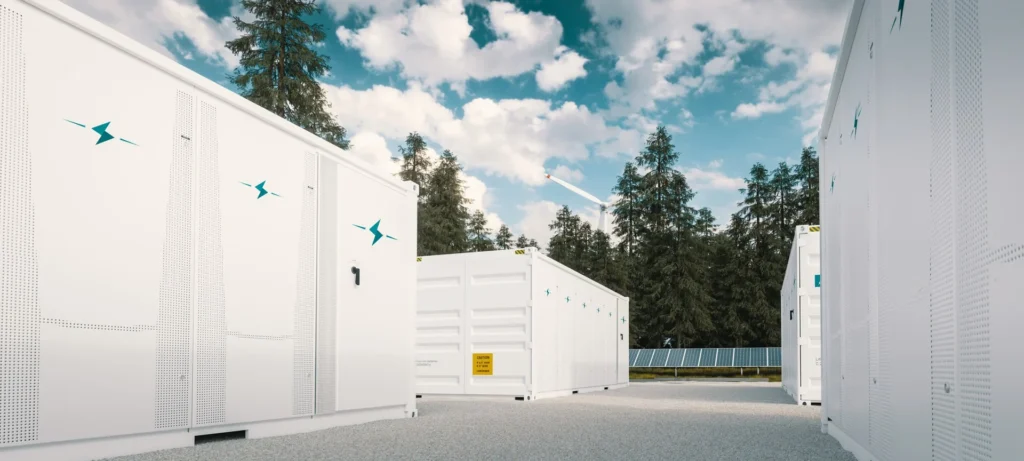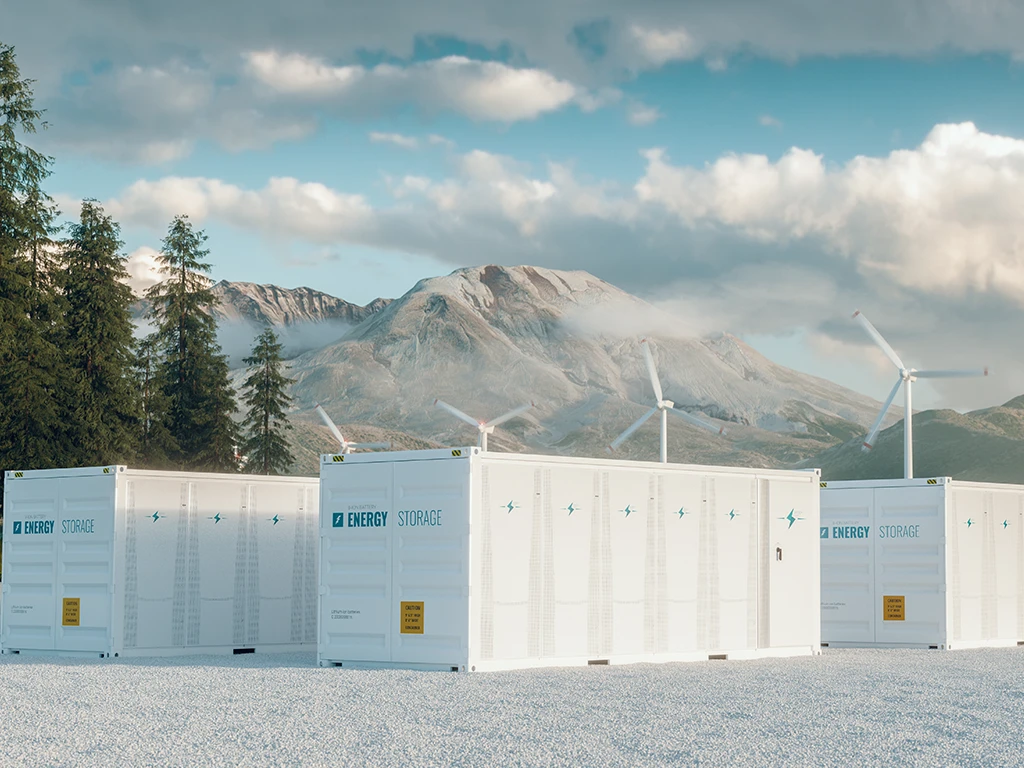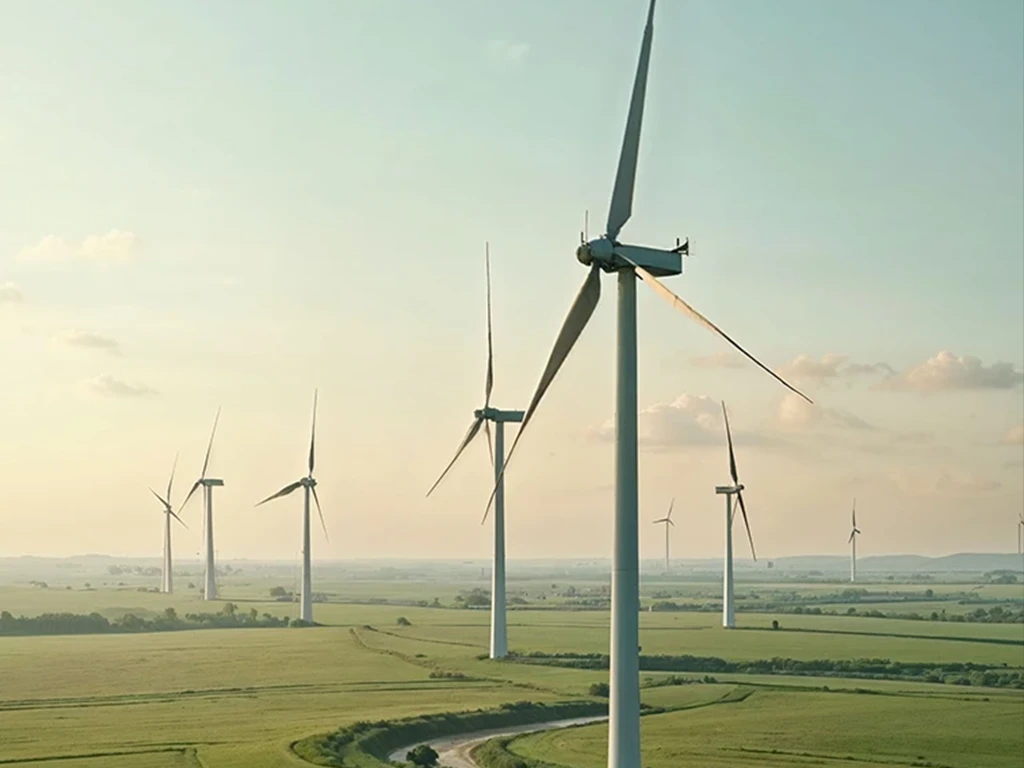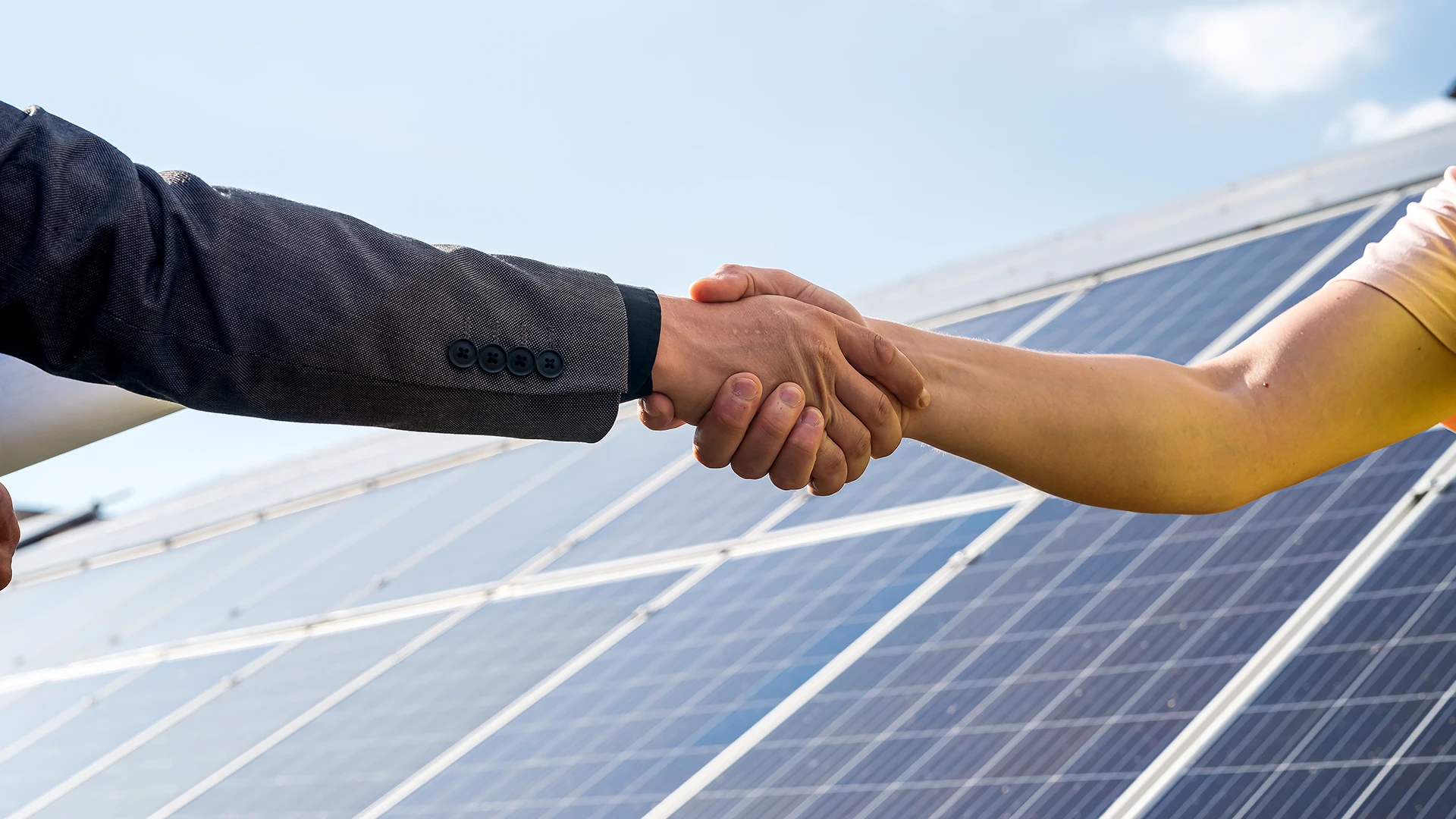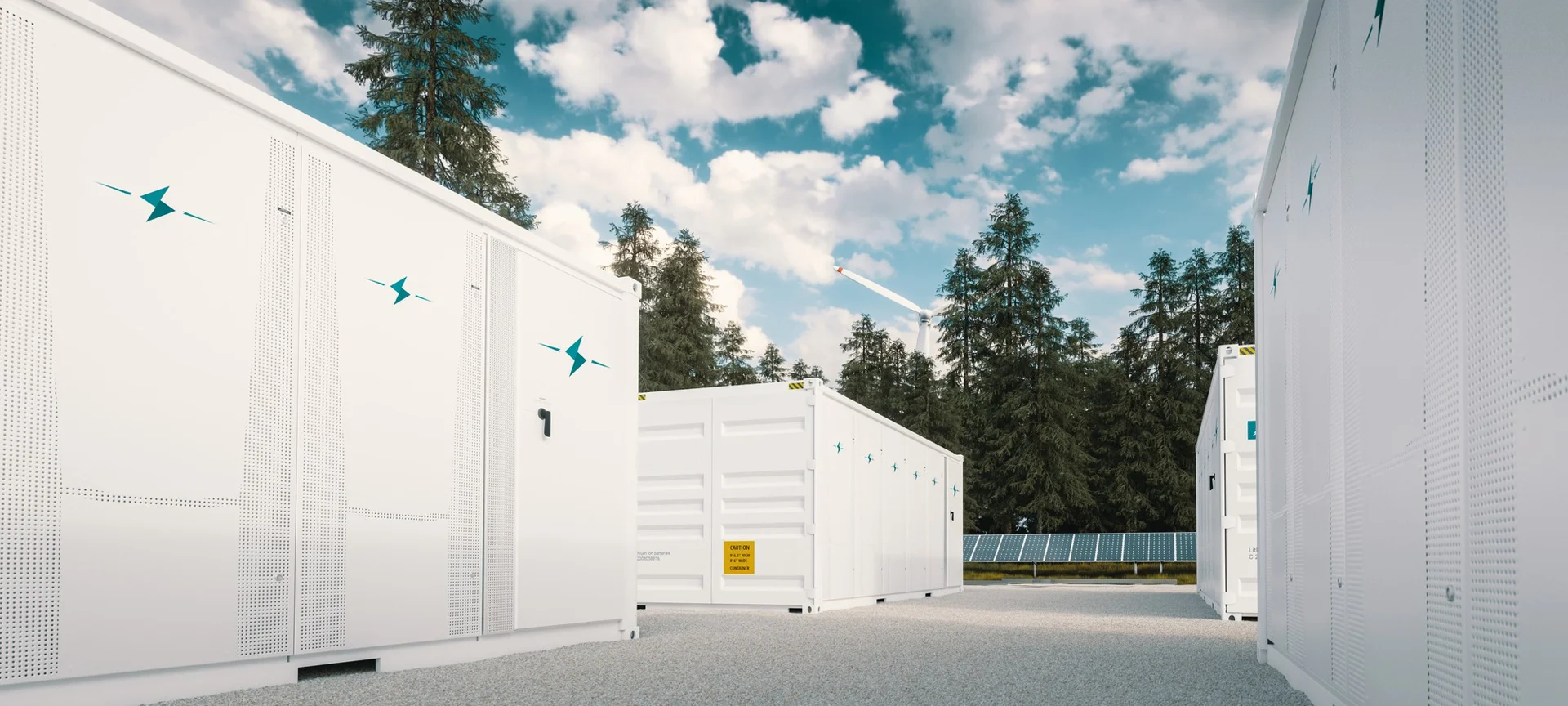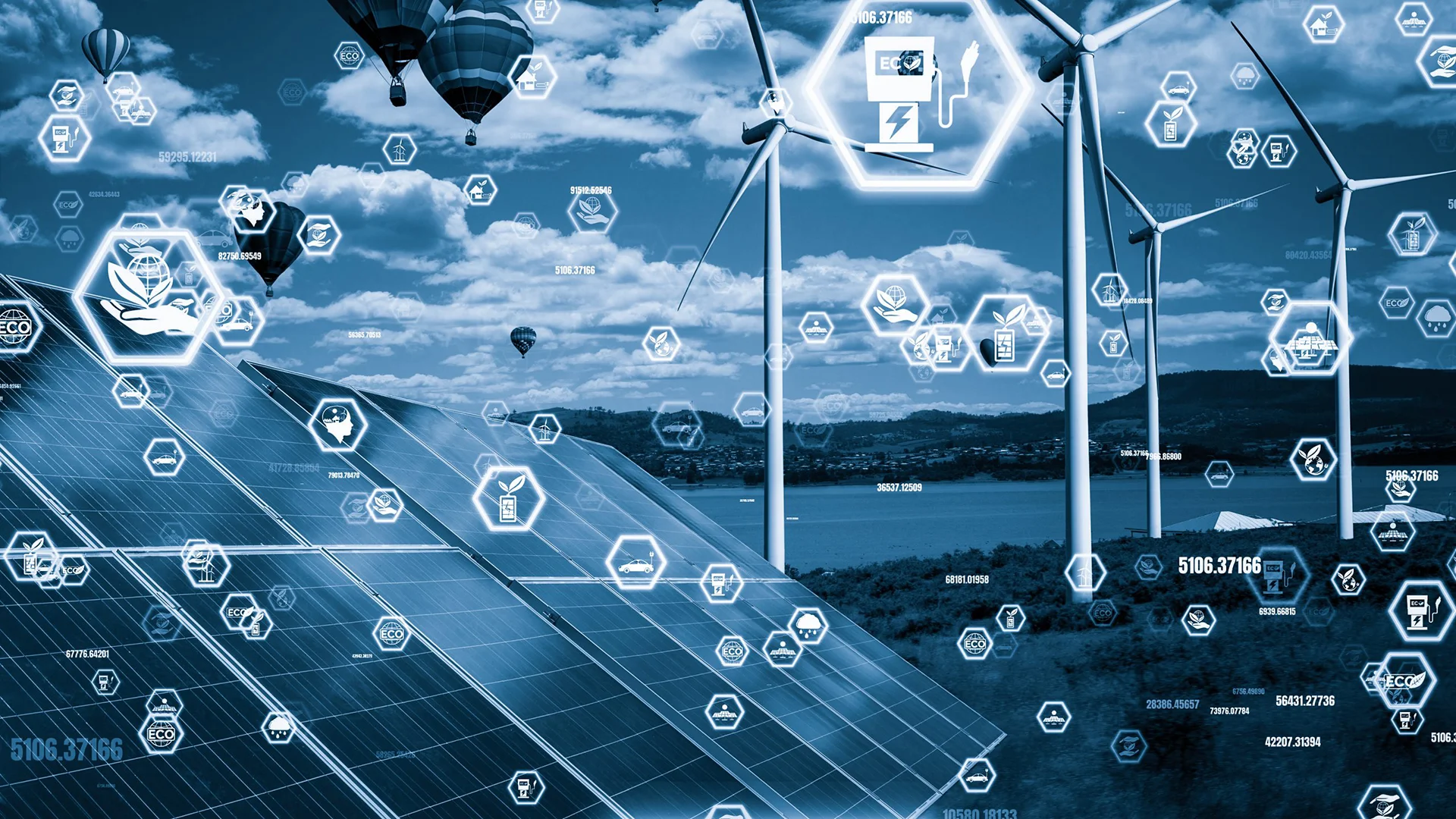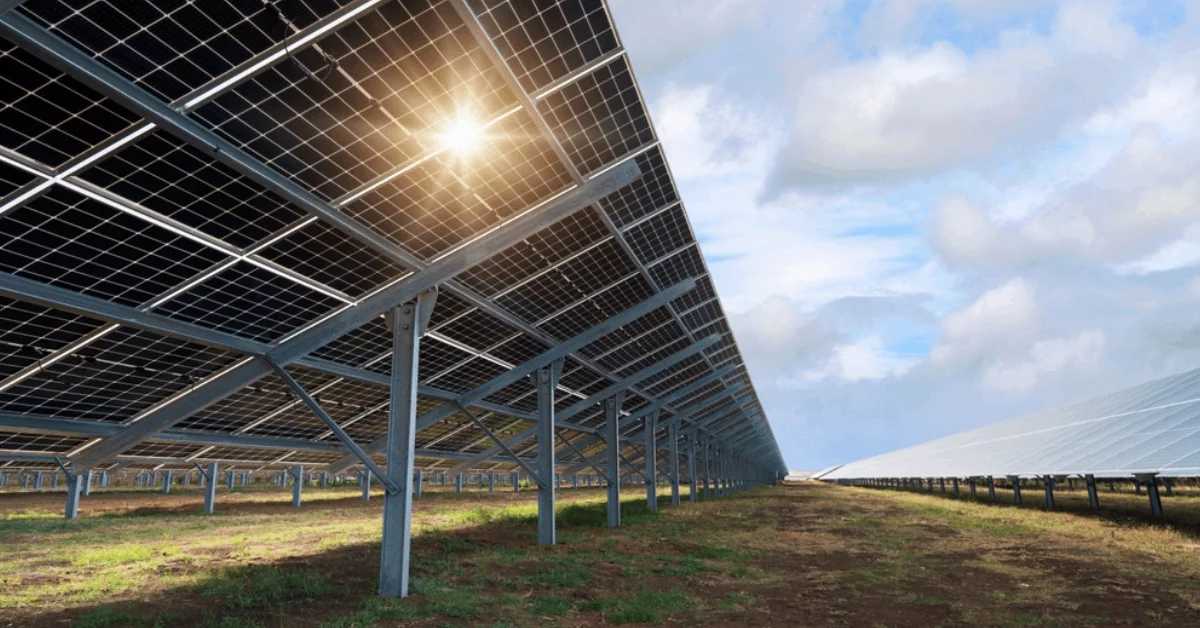Investment steps for industrial energy storage
In the era of the energy transition, energy storage facilities are becoming a key component of modern electricity infrastructure. More and more investors, grid operators and industrial companies see them as an opportunity to increase flexibility, efficiency and energy independence. However, it is important to note that the realisation of an industrial energy storage facility is a complex process that requires a well thought-out strategy, interdisciplinary knowledge and effective management. Below you will find a description of what the investment process looks like – from the idea to the commissioning of the plant.
1. Needs analysis and feasibility study
The first step is a thorough analysis of the investor’s energy needs. Energy storage can fulfil various functions: providing emergency power supply, optimising energy purchase costs(price arbitrage), reducing the cost of contracted power (peak shaving), supporting RES installations or stabilising the grid (DSR and System Services) for the remuneration of the energy storage owner. Understanding the purpose of the investment allows the appropriate technology and scale of the project to be selected.
A feasibility study is also prepared at this stage, which includes:
- analysis of energy and active power consumption profiles,
- techno-economic simulations,
- risk analysis,
2. conceptual design
In the next step, a conceptual design is created, which forms the basis for further design work. This includes, among other things:
- choice of location
- choice of technology
- definition of technical parameters (power, capacity, operating time, efficiency),
- preliminary design of the system architecture (storage, inverters, BMS, EMS),
- assessment of the possibility of connecting a specific ESS (Energy Storage System)
- estimation of CAPEX and OPEX costs.
The conceptual design is crucial for discussions with potential partners, suppliers and financing institutions.
3. obtaining funding
The realisation of an industrial energy storage facility involves significant financial outlay. It is therefore worthwhile at an early stage:
- create a business model (revenue sources, costs, payback period),
- identify possible forms of financing: own funds, leasing, investment loans, investment fund
- apply for grants and support (e.g. EU funds, NFOŚiGW, PFR programmes, local grants).
Proper planning of financing can significantly accelerate investment and reduce risk.
4. Technical design and obtaining of permits
Once the concept has been approved and funds secured, the technical and formal-legal design phase begins. This is a stage that often determines the pace at which the entire investment is realised.
It includes:
- prepare the construction and detailed design,
- obtain a zoning decision (or LSDP),
- carry out environmental procedures (if applicable),
- obtain conditions for connection to the electricity grid (cooperation with OSD or PSE),
- obtain planning permission.
For larger investments, it is also necessary to cooperate with the Energy Regulatory Office (ERO) and to meet the technical requirements set by the network operator.
5 Tendering and selection of contractors
The approved technical design allows tenders to be issued and technology partners to be selected. The key elements of this phase are:
- selection of suppliers of batteries and electrical components,
- the employment of a building contractor,
- choice of BMS/EMS systems integrator,
- verification of subcontractors’ experience and references.
It is extremely important that partners have experience of projects of a similar scale and are familiar with the local legal environment.
6. System design and installation
Once the contracts are signed, the physical work begins. These usually include:
- site and foundation preparation,
- construction of connection infrastructure (MV/WN lines, transformer stations),
- supply and installation of batteries, inverters, cooling and security systems,
- installation and configuration of the energy management system (EMS) and battery management system (BMS).
Turnaround time depends on the scale of the investment, but is usually in the range of 6-18 months.
7 Testing, acceptance and certification
Once construction is complete, the testing and acceptance phase follows:
- functional, safety and fault tolerance tests are carried out,
- compliance with standards (e.g. IEC, PN, EN) is confirmed,
- technical acceptance by the building inspector and the network operator,
- connection tests and synchronisation with the network are carried out.
Certificates from independent bodies (e.g. for electromagnetic compatibility) are required for some investments.
8 Commissioning and operation
Once the warehouse has passed all the approvals, it is commissioned and put into operation. At this stage, the key points are:
- training of operating personnel,
- implementation of monitoring and remote management systems,
- optimisation of the charging/discharging schedule for cost-effectiveness,
- integration with other energy sources (RES, generators, grid).
Good management at this stage translates into long-term investment efficiency.
9 Maintenance and service
Effective warehouse operation requires:
- regular technical inspections,
- battery monitoring (SOH, SOC),
- control software updates,
- analysing operational data and adjusting energy management algorithms.
It is also worth planning to upgrade or replace components at the end of their life cycle, usually after 10-15 years.
Investing in industrial energy storage is a long-term process requiring meticulous planning, coordination of multiple trades and knowledge of regulations. However, when done well, the investment can bring tangible benefits – both economically and environmentally. Given the growing importance of energy system flexibility, such projects will be a key element of the green energy transition in Poland and around the world in the coming years.
